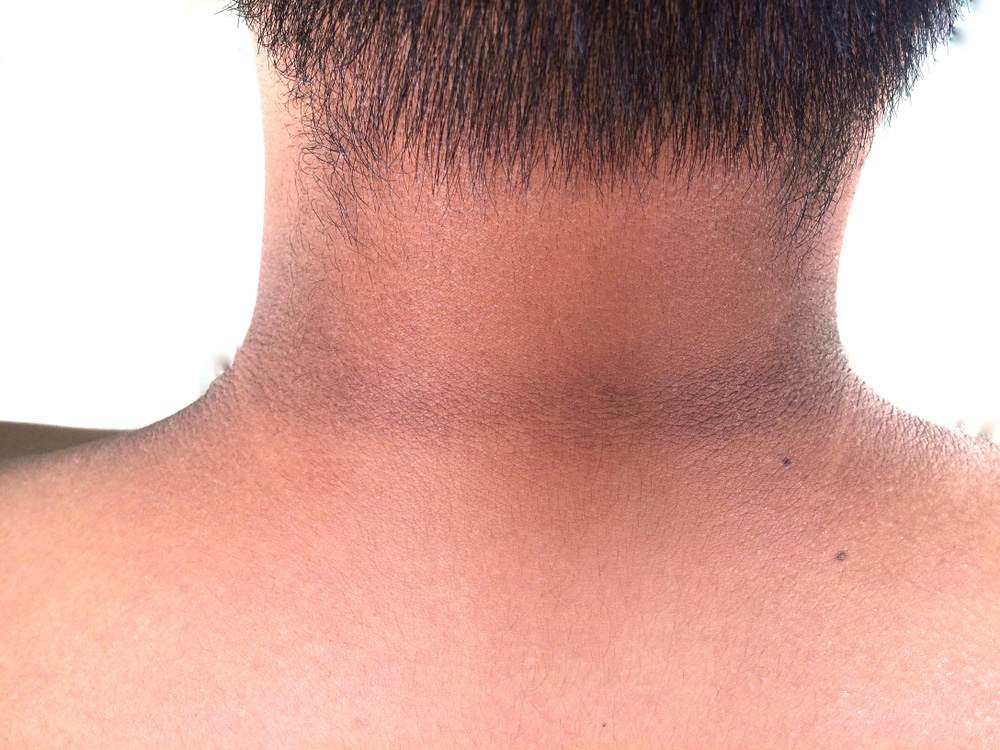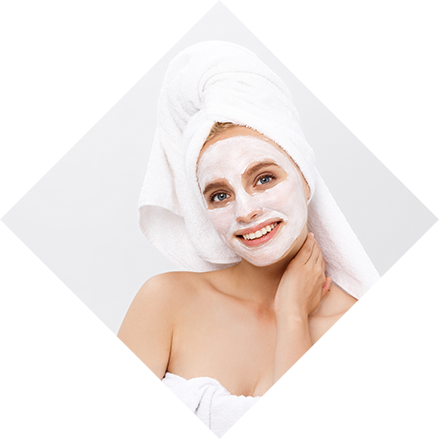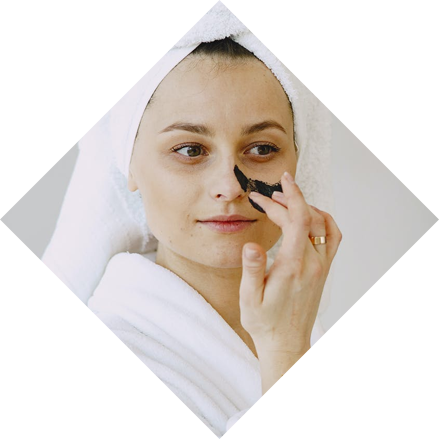Scar Excision

Need An Appointment?
Drop Your Number here
Scar Excision: Effective Surgical Solution for Smooth, Scar-Free Skin
Scars are a natural part of the skin’s healing process after an injury, surgery, or severe acne. While many scars fade over time, some remain visible, raised, or uneven, affecting both appearance and confidence. For individuals seeking a permanent solution to stubborn or disfiguring scars, Scar Excision offers an advanced and effective treatment option.
Scar excision is a minor surgical procedure designed to remove the scar tissue and restore a smoother, more natural skin surface. It is commonly performed by dermatologists or plastic surgeons using precision techniques to minimize new scarring and enhance skin aesthetics.
Types of Scars Treated with Scar Excision
Scar excision is effective for various types of scars, including:
-
Hypertrophic Scars:
Raised, thick scars that develop within the boundaries of the original wound. -
Keloid Scars:
Overgrown scar tissue that extends beyond the wound area. -
Atrophic Scars:
Depressed scars, often caused by acne or chickenpox. -
Contracture Scars:
Caused by burns, these scars tighten the skin and can limit movement. -
Surgical or Traumatic Scars:
Result from surgeries, injuries, or accidents where healing caused visible marks.
Scar excision helps replace these visible scars with finer, flatter lines that blend better with surrounding skin.
.jpg)
Benefits of Scar Excision
Scar excision provides both cosmetic and emotional benefits, making it a preferred treatment for individuals troubled by visible scars.
-
Improves Skin Appearance: Removes thick, raised, or irregular scars for smoother, more even skin.
-
Boosts Confidence: Reduces self-consciousness and improves self-esteem.
-
Permanent Results: Once healed, the new scar is usually finer and less noticeable.
-
Customized Approach: The procedure is tailored to your skin type, scar location, and aesthetic goals.
-
Quick Recovery: It is a minimally invasive outpatient procedure with short downtime.
Need An Appointment?
Drop Your Number here
Aftercare and Recovery
Proper aftercare is crucial to achieve the best results and prevent complications.
Here are some key aftercare tips following scar excision:
-
Keep the Area Clean and Dry: Gently wash with mild soap and water after 24 hours.
-
Avoid Scratching or Touching: This prevents infection and irritation.
-
Use Prescribed Ointments: Apply antibiotic or healing creams as directed by your doctor.
-
Avoid Sun Exposure: Protect the healing area from direct sunlight to prevent pigmentation.
-
Follow-Up Visits: Attend scheduled check-ups for suture removal and monitoring healing progress.
Complete healing may take a few weeks to months, depending on your skin’s healing ability. Over time, the new scar fades and blends naturally with your skin tone.
Possible Side Effects
Scar excision is generally safe, but like any surgical procedure, it may have minor side effects such as:
-
Mild swelling or redness
-
Temporary bruising
-
Itching during healing
-
Rarely, recurrence of scar tissue (especially in keloid-prone skin)
Your dermatologist may recommend silicone gels, laser therapy, or corticosteroid injections after surgery to enhance healing and prevent scar recurrence.
Who is an Ideal Candidate for Scar Excision?
You may be a good candidate for scar excision if:
-
You have a visible scar that affects your appearance or movement.
-
The scar hasn’t improved with creams or laser treatments.
-
You are in good health and have realistic expectations.
-
Your skin tone and healing response are suitable for surgery.
A professional evaluation by a dermatologist or cosmetic surgeon helps determine the best treatment plan for your scar type.
Conclusion
Scar Excision is a safe and effective surgical procedure that can significantly improve the appearance of scars. Whether caused by injury, surgery, or acne, this treatment helps achieve smoother, more natural-looking skin and boosts confidence.
Patient Testimonials

She's the best skin doctor I've come across so far. she listens patiently, gives the prominent treatment accordingly. Guys looking for skin treatment must visit Dr Nidhi Bansal, you will get satisfying results👍
- Sanya Sayyed

I consulted with Dr Nidhi Bansal after one of my friend suggested. The doctor is very
calm and well versed with the solutions. I definitely liked the way He made me
understand the issues of my hair sclap.
I am very happy with my own experience with
her and the treatment provided amazing hence I would highly recommend to this doctor for
any skin or hair disease.
- Anu Verma

I was suffering from severe acne on my face. Dr Nidhi told me in detail about the treatment options and customized the procedures for my face. Within one day my redness and acne has reduced by 90%. I am so happy with the results and would recommend Dr Nidhi to everyone for their skin and hair problems.
Priya Rajput

Best doctor I always go to Dr Nidhi skin clinic whenever i have any skin problems . Dr. Nidhi is such a humble + trusted doctor I was dealing with pimples and scars from 6 years, someone told me about Dr Nidhi .I having been taking treatment from 2 months .my acne has gone for forever ,thanks for giving me normal skin best dermatologist in jaipur I got 100 % results , M bhut jayda preshan tha acne , blackheads whiteheads se ,mera face bhut khrab dikhta tha bhut guilty feel hota tha logo ko face krne m now I m confident .thank you doctor
Neeraj Yogi



Patient's Testimonials









